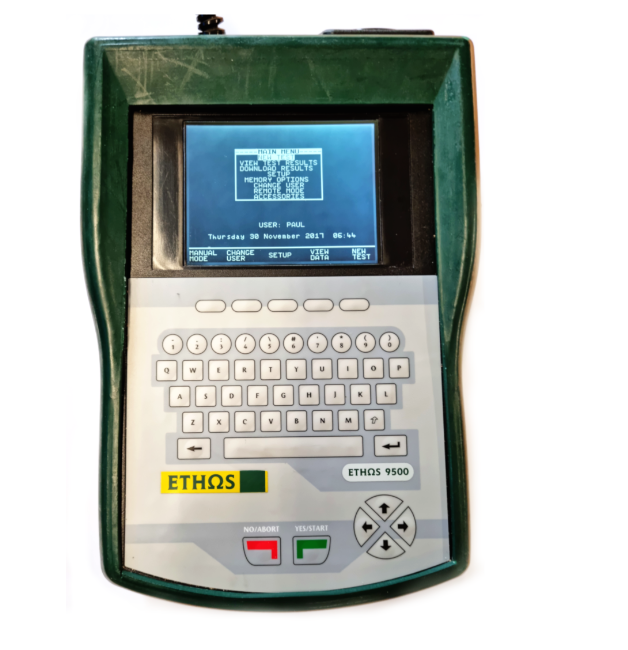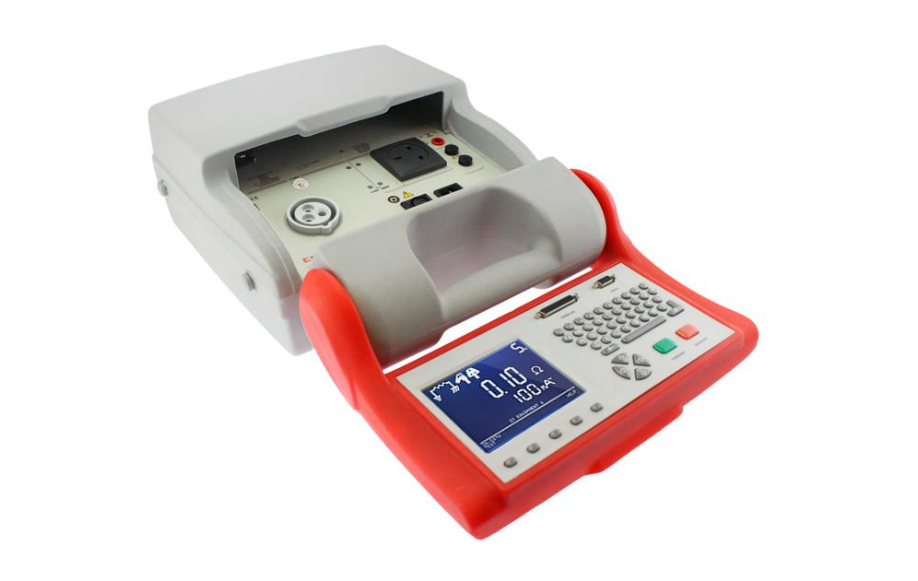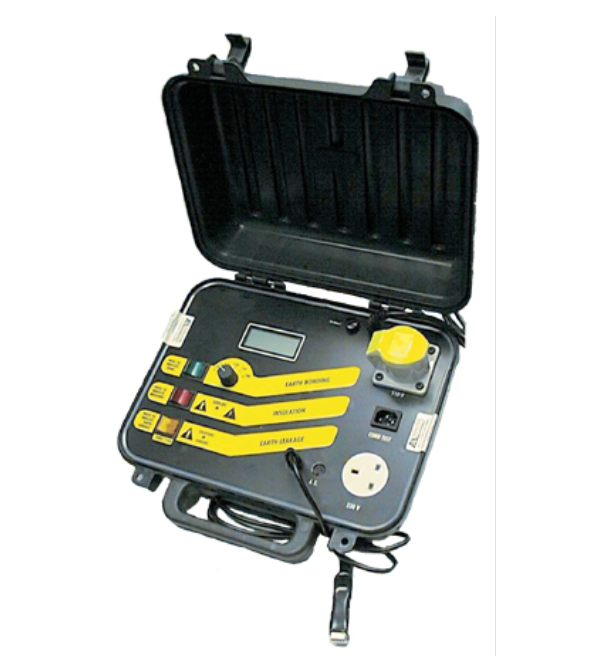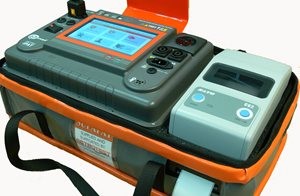Today we are continuing to look at some of the old Pat’s that are still out there even though they are mostly out of production
Today we are going to look at the metroPat 600/900
As usual a bit of background here, As could be assumed the metroPat 600 came first in the mid 1990s and then the newer model 900 in the late 1990s
Both units came in the standard Metrotest case of the time so until you open them you really don’t know what you’ve got.
Essentially they are both quite advanced Pat’s at least for there time, both had memory capability and print and scan abilities
The metroPat 600 was easily distinguishable from the 900 once the case was opened as the 900 had a large full qwerty keyboard on the front panel where as the 600 had large arrow button to select tests and for data entry.
They both shared the same back-lit green LCD which was quite small though adequate.
Very few of the metroPat 600s went to Austraia, how many of the metroPat 900s is unknown, though a lot of the metroPat 900s were sold in NZ.
Whilst these Pat’s aren’t as well known as Seaward or Megger they certainly competed with them.
The MetroiPats and the iPat SupaPats do share some common history which we will go into some other time, except to say today’s iPats (metroiPats) are right up there if not ahead of there competitors be it there less known.
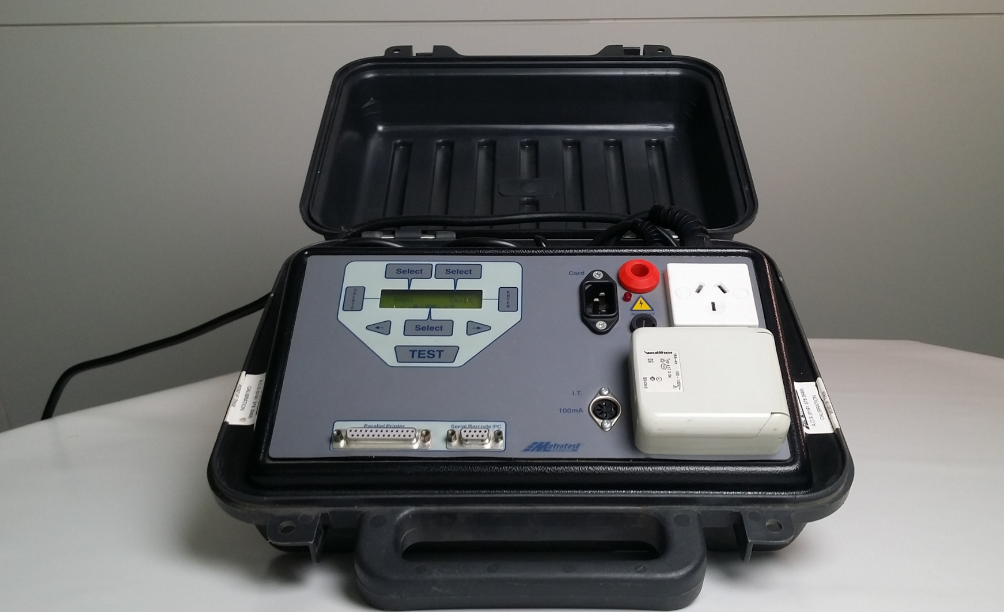
Well let’s check out the functionality
As the units are essentially the same with the only real difference being the lack of key pad on the 600 we’ll deal with controls and data for each them combine for rest of the tests.
The Metropat 600 had functional data entry by way of scrolling (similar to the MicroPat+ if anyone has seen these) absolutely workable but seriously not nice, having said that people using the Metrel Delta Pat and entering data on board would be right at home with it, personally I’d move house !
In away thats what they did in effect when they introduced the metroPat 900 as now users no longer had to scroll to enter data as they could use the qwerty key pad ( both the 600 and 900 could also enter data via the barcode scanner )
Both Pat’s could be used in various modes from manual single tests to auto test modes and could be pass word protected to add security to the testing process.
You can sort of see history in the making when you consider the Audit codes used in the new metroiPats and how they add certainty to the test results, the passwords on the metroPat 600/900 went a part way to adding this security.
Let’s take a look at the test functions as usual well start with
Protecticve Earth test
Both Pat’s could perform tests at 100milliamps right through to 25 Amps much like many Pat’s of the time a separate wander lead was plugged in for the 100milliamp test.
Insulation Resistance test
This on the Pat 600 was only available at 500 volts, some of the later Pat900s may have also had a 250-volt test function.
Both models also could perform a flash test at 1500 and 3000 volts as standard, this was probably not their best feature and we know many were supplied without the flash probe to help avoid the use of this test by the untrained!
Leakage testing was available on all models at mains voltage and 40 volts for substitute leakage testing.
Lead testing was performed by adding an iec lead into the test socket on the Pat with the other end plugged into the lead or powerboard ( same as normal today )
Other features
1000 results could be stored onboard and these could be downloaded to Pat downloader software or printed out.
As said previously a scanner could also be used with these Pat’s.
Battery operation was not possible and there was no onboard RCD test function, though at the time this again was very much the norm.
In summary the metroPat 900s had quiet a lot going for them though we do know some of them had reliability problems yet some are still going – seems to of been luck whether you got a good or not so one !
These were introduced at a very similar time to the Seward Super Nova and many early Super Novas had serious reliability issues, maybe it was merging technology of the times.
Well let’s see how they go with the big 3 questions.
Q Does it enable the testing person to comply with ASNZS 3760?
A yes providing RCDs are not in the equation.
Q Is it a safety tester or compliance-only tester?
A Definitely a safety tester by our definition.
Q Value for money?
A At introduction it was average value, wouldn’t want to put a value on them today and wouldn’t want to buy one… if you inherit one and it’s still going it may continue to do so, but eventually, you’ll have to scrap it as parts aren’t available – common now for most old gear, again calibration adjustments may also make it end of life, as they say, all good things must come to an end!
Happy testing
The Pat Review team

